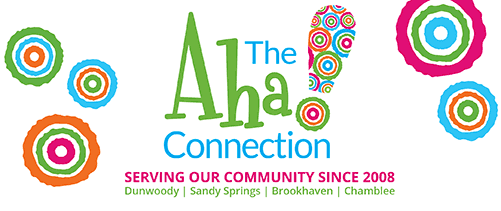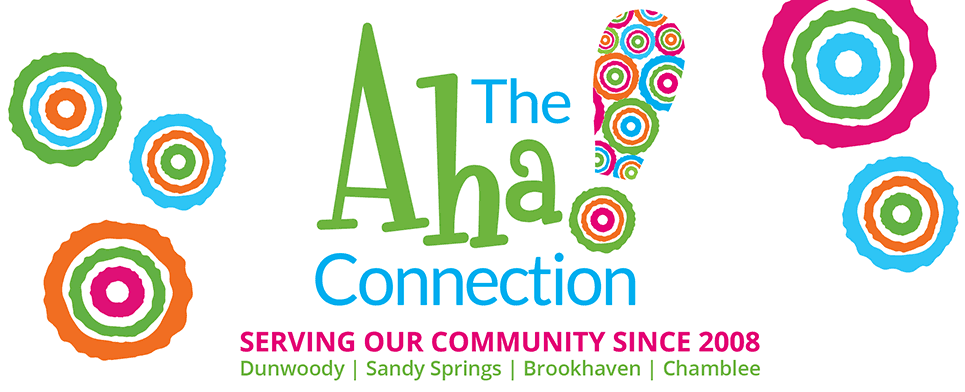Click here for the original article by Zoe Mintz
 On Tuesday evening (tonight), Jews will light their menorahs for the first night of Hanukkah. Also known as the Festival of Lights, the Jewish holiday begins at sundown on Dec. 16 and ends the evening of Dec. 24. The eight-day holiday celebrates the rededication of the Second Temple in Jerusalem during the second century B.C., when Jews led by the Maccabees revolted against their Greek-Syrian oppressors.
On Tuesday evening (tonight), Jews will light their menorahs for the first night of Hanukkah. Also known as the Festival of Lights, the Jewish holiday begins at sundown on Dec. 16 and ends the evening of Dec. 24. The eight-day holiday celebrates the rededication of the Second Temple in Jerusalem during the second century B.C., when Jews led by the Maccabees revolted against their Greek-Syrian oppressors.
Each night of the eight-day holiday is marked by giving gifts, eating latkes and lighting a candelabra, or menorah. While Hanukkah may be one of the best-known Jewish holidays, it’s not the most important, nor does it bear much religious significance. In fact, the Hanukkah story isn’t mentioned in the Hebrew Bible. It’s described in the Book of Maccabees, which is omitted from the Old Testament.
In the United States and other Western nations, however, Hanukkah becomes a “Jewish Christmas” of sorts. According to a 2010 study, “The importance of Hanukkah among American Jews is driven by its proximity (in the time dimension) to Christmas,” Ran Abramitzky, Liran Einav and Oren Rigbi wrote in the study published in the Economic Journal. “Many American Jews use Hanukkah as a way to provide their children with an exciting alternative.”
But in Israel, “it’s a holiday, but it’s not so special,” Einav told the Washington Post in a 2011 interview. Schools are let out during the holiday and there are tons of festivals and concerts, but holiday shopping isn’t the main focus.
For those not familiar with the Festival of Lights, below are five answers to common questions surrounding the popular Jewish holiday:
What’s the Hanukkah story?
The Hanukkah story celebrates two events. The first describes how a small army of Jews, led by the Maccabee brothers, defeated the Seleucid Greco-Syrian Empire in Jerusalem. At the time, the Seleucid king Antiochus IV Epiphanes outlawed the Jewish religion, desecrated the Second Temple and made Jews sacrifice pigs — a non-kosher animal — on its altar.
After the Maccabees defeated the Greeks, they rededicated the Second Temple. To do so, they needed to light the menorah — a candelabra inside the temple that was part of daily Temple service — each night. The Maccabees were able to do so with a small drop of oil that lasted for eight nights. The event is considered a miracle since it gave the Maccabees enough time to find a fresh batch of oil.
Common rituals?
Hanukkah begins on the 25th day of the Jewish month of Kislev, which can fall anywhere between Nov. 27 and Dec. 26.
Each night, for eight nights, Jews light a branch of a menorah. The middle and tallest branch of the candelabra houses the shamash (helper candle) that’s used to light the other candles. Each night, a new candle is placed from right to left. They are lit from left to right. Three blessings are said during this time. Jews are told to place the menorah in the front windows of their homes to publicize the Hanukkah miracle.
Gift-giving has become associated with Hanukkah. This tradition is believed to stem from the influence of Christmas. Usually presents are given by parents to their children. “Gelt,” or small amounts of money, are the only traditional gift associated with the holiday.
What’s a dreidel?
Dreidels, or square tops, is a common game children play during Hanukkah. The four-sided top is marked with one of the four Hebrew letters: Nun, Gimel, Hei and Shin. The letters stand for the Hebrew phrase, “Nes Gadol Hayah Sham,” a great miracle happened there.
Usually kids begin with an equal number of pennies, nuts, chocolate chips, raisins or matchsticks. Each participant gets a chance at spinning the dreidel. Depending on which letter the top falls on, the person receives a certain number of pieces from the pot.
The dreidel gambling game stems from the Greek-Syrian rule when Jews who wanted to study the Torah (Hebrew Bible) were prevented from doing so. Whenever a soldier walked by they would play with dreidels to conceal their “illegal” activity.
What’s to eat?
Since the Hanukkah story focuses on a small drop of oil, fried foods are common dishes served during the holiday. Latkes, also known as potato pancakes, are a popular item usually accompanied by apple sauce or sour cream. Deep-fried doughnuts, known as sufganiyot, are another holiday favorite among Sephardic, Greek and Persian Jews.
Hanukkah or Chanukah?
There are 16 different spelling variations for the Jewish holiday. The main reason stems from the word itself. Since Hanukkah — which literally means “dedication” — is a Hebrew word, there’s not one set way to transliterate it into English. Hanukkah and Chanukah are the two most popular spellings. Both are both correct, however the one that begins with the “H” is more widely used since the “ch” sound might confuse English speakers.






